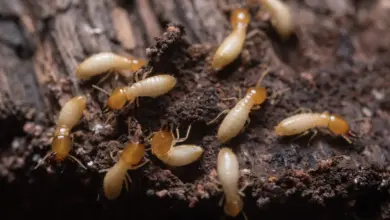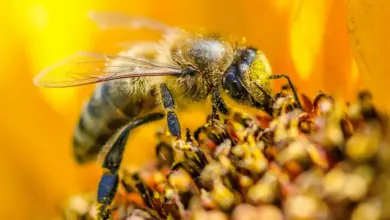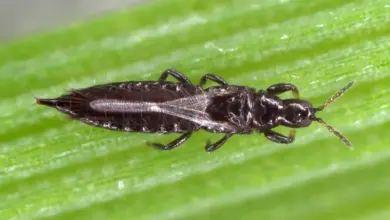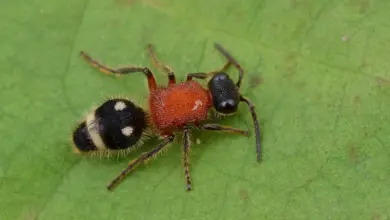Ants are fascinating creatures with diverse diets. In the wild, they can be observed consuming a wide variety of foods. While they might seem small and insignificant, ants actually play a significant role in the ecosystem through their feeding habits.
As an important part of the food web, ants eat various things, such as plants, seeds, and decaying plant and animal material. They also prey on other insects, with some species specifically targeting insect pests like termites. Additionally, certain ants enjoy honeydew, a sweet substance produced by aphids, and will protect these aphids from predators like ladybugs.
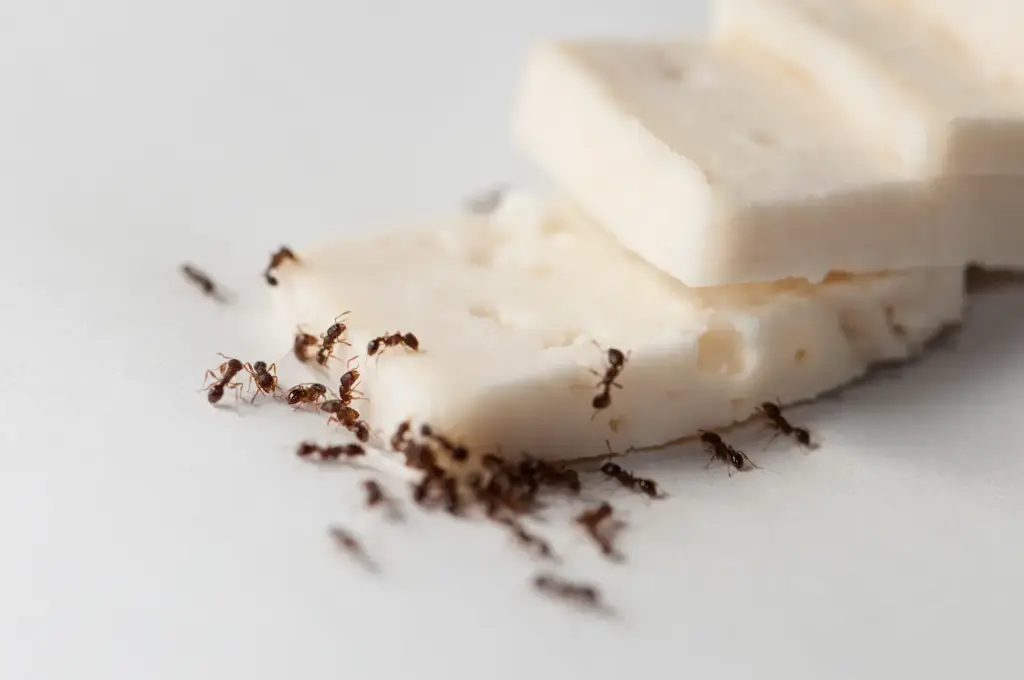
Understanding Ants’ Diet
Ants are fascinating creatures with a diverse diet. As omnivores, they can consume a variety of food sources that include plants, seeds, and decaying plant and animal material. They also feed on honeydew produced by aphids, which they sometimes guard against predators like ladybugs 1.
Some ants are known for preying on other insects. Their eating habits play a crucial part in their survival and ecosystem’s balance. An example of this is when they feed on insect pests like termites 1. In this manner, ants help control the pest population.
Ants’ diets differ among various species. For instance, researchers have discovered that around 99% of the Argentine ant’s diet consists of honeydew 2. It’s important to understand these differences to study their ecological impact and potential uses, such as pest control.
To summarize:
- Ants are omnivorous, consuming plants, seeds, insects, and more.
- Their diet varies among species, and they play a vital role in the ecosystem.
- Some ants help control pest populations, while others mainly feed on honeydew.
Types of Foods Ants Eat
Plant-Based Foods
Ants consume a variety of plant-based foods such as leaves, seeds, and fruit. They also feed on nectar and other plant matter, including grass and fungi. For instance, some ants are particularly fond of:
- Seeds from different plants
- Nectar from flowers
- Fruits and plant matter
Animal Sources
Many ants have a preference for animal sources of food, which provide them with protein. Common sources include insects, dead animals, birds, and small animals. Some ants are predators of other insects, such as:
- Bees
- Bugs
- Spiders
- Worms
- Termites
Dead insects and even dead animals can be a vital protein source for them.
Domestic Sources
In and around homes, ants are known for scavenging domestic sources of food. They are often attracted to sugary foods, bread, grains, and crumbs left behind by humans. Some examples of domestic food sources that ants love are:
- Candies
- Maple syrup
- Peanut butter
- Grease
- Milk
Remember to keep your kitchen and home clean to deter ants from invading your space.
Comparison Table
| Food Source | Examples |
|---|---|
| Plant-Based Foods | Leaves, seeds, fruit, nectar |
| Animal Sources | Insects, dead animals |
| Domestic Sources | Candy, bread, crumbs |
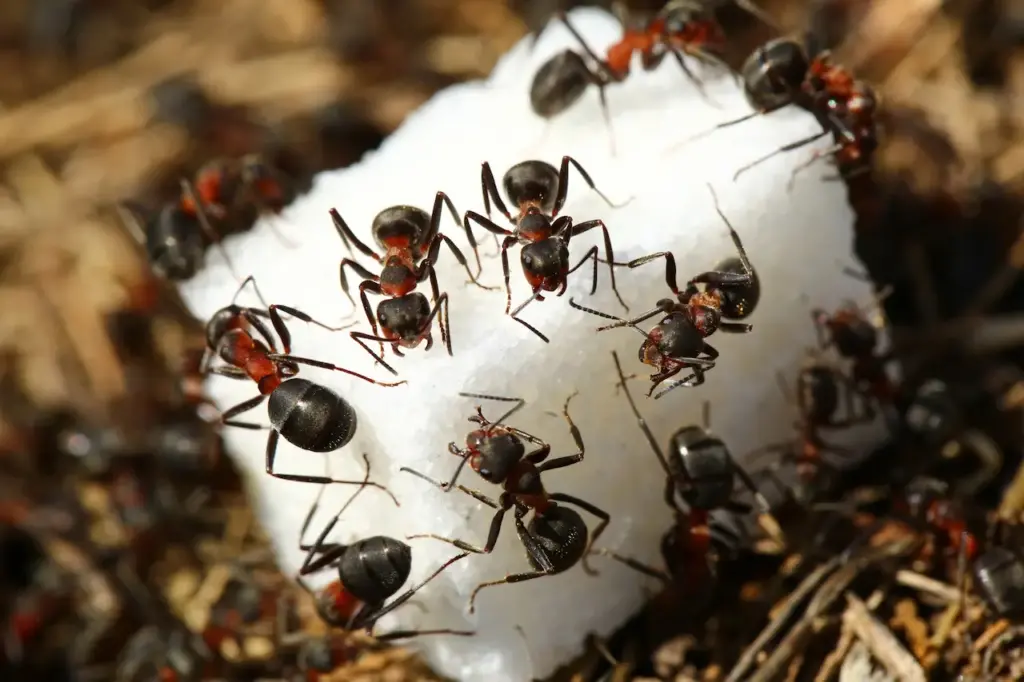
Ant Species and Their Specific Diets
Fire Ants
Fire ants are known for their aggressive behavior and painful stings. They are omnivorous insects, which means they eat a variety of foods. They consume plants, seeds, and decaying plant and animal material. Fire ants also prey on other insects and small animals.
Carpenter Ants
Carpenter ants are known for damaging wooden structures by excavating tunnels, but they do not eat wood. Instead, they feed on:
- Insects (alive or dead)
- Fruit juices
- Honeydew from aphids
Leafcutter Ants
Leafcutter ants have a unique and fascinating diet. They cut and collect leaves to grow a specific fungus, which they cultivate and feed on. They do not eat the leaves themselves, but rather use them as a substrate for fungus growth.
Argentine Ants
Argentine ants are found in various habitats and often invade homes in search of food. They have a diverse diet, which includes:
- Insects
- Honeydew from aphids
- Sugary substances
- Food scraps from human households
Sugar Ants
Sugar ants, as their name suggests, are attracted to sweet foods. They are fond of:
- Nectar from flowers
- Honeydew from aphids
- Sugary substances in and around homes
Army Ants
Army ants are known for their highly aggressive behavior and constantly moving colonies. They are carnivorous insects that primarily prey on:
- Other insects
- Spiders
- Small vertebrates
Odorous House Ants
Odorous house ants get their name from the distinct odor they emit when crushed. They prefer sweet foods, such as:
- Honeydew from aphids
- Sugary substances in homes
- Dead insects
Ghost Ants
Ghost ants are tiny and often difficult to spot due to their translucent bodies. Their diet mainly consists of:
- Honeydew from aphids
- Sugary substances
- Dead insects
Velvet Ants
Despite their name, velvet ants are actually a type of wasp. They are parasites that feed on the larvae and pupae of other insects, particularly bees and wasps.
In summary, these various ant species have different dietary preferences, ranging from sugary substances to insects and even specific fungus growth. Understanding their diets can help you better manage and control them in your home and garden.
Unique Ant Eating Habits
Foraging for Food
In an ant colony, worker ants are responsible for foraging and finding food for the whole colony. When they find a food source, they use pheromones to communicate with other ants.
Examples of their diet include:
- Insects
- Seeds
- Fruits
- Sugary substances
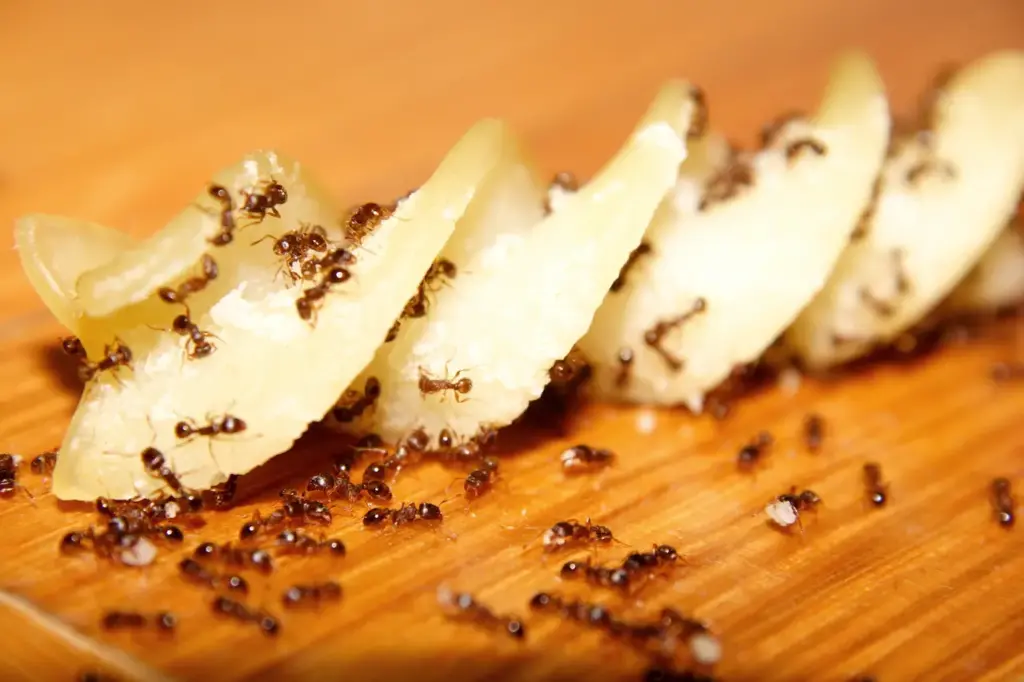
Food Storage
Ants are efficient in storing food. Worker ants bring food back to the colony, then transfer it to other workers in a process called trophallaxis.
Some benefits of their storage system:
- Efficient food distribution
- Conserving resources
- Availability during scarce times
Farming and Dairying
Some ant species practice farming and dairying. Leafcutter ants for example, collect leaves to cultivate a special fungus as their primary food source. They manage fungus farms within their underground nests.
Dairying ants, like Argentine ants, tend to aphids in order to collect the honeydew that aphids produce. In this mutualistic relationship, the ants protect the aphids from predators, and in return, the aphids provide food for the ants.
Here is a comparison table of farming ants and dairying ants:
| Farming Ants | Dairying Ants | |
|---|---|---|
| Food Source | Fungus | Aphids’ honeydew |
| Interaction | Cultivating fungus | Tending to and protecting aphids |
| Example Species | Leafcutter ants | Argentine ants |
Throughout the various ant species, you’ll find unique eating habits and behaviors that cater to their environment and specific needs.
Ants and Their Environment
Ants in the Garden
Ants play a crucial role in your garden’s ecosystem. They help in soil aeration by moving around the same amount of soil as earthworms, allowing air and water to flow better 1. As they carry plant and animal remains into their nests, they aid in decomposition 2.
In your garden, ants might feed on:
- Aphid honeydew from shrubs 3
- Other insect carcasses
Ants at Home
Unfortunately, ants can become a nuisance in your house. They often find their way to your kitchen, attracted by the food. To deter them:
- Keep your kitchen clean
- Seal any cracks or crevices
However, not all household ants pose a threat. Only a few species, like Fire Ants, can harm human health with their bites causing welts or allergic reactions 4.
Ants in the Wild
Ants thrive in various habitats, from deserts to forests. In nature, they build complex colonies and establish territories, covering a wide range of tasks:
- Foraging
- Defense
- Reproduction
For example, in a desert ecosystem, ants are known to form a cooperative relationship with other species, such as plants or fungi.
As you encounter ants in gardens, houses, or the wild, it’s important to remember their vital role in maintaining a balanced ecosystem. Treat them with respect and take necessary precautions to coexist peacefully.
FAQs About What Ants Eat
You may have seen ants around your home or in the wild and wondered what they eat. Here’s a quick breakdown of some frequently asked questions about ants’ diet and foraging habits.
What do ants eat?
Ants are omnivorous creatures, which means they eat both plants and animals. They feed on a variety of foods, such as fruits, seeds, nectar, insects, and even small animals. Some ants, like the leafcutter species, even cultivate fungi as their primary food source.
How do ants find food?
Usually, ants release pheromones to communicate with each other. A forager ant that finds food releases specific pheromones that form a trail leading back to the nest. Other ants—detecting these pheromones—follow the trail and assist in gathering the food, thereby helping the entire colony.
Do ants have food preferences?
Yes, ants can exhibit food preferences depending on the species. Some ants prefer sweet foods, like sugars and nectar from plants, while others lean toward eating other insects or high-protein foods. Interestingly, an experiment conducted on various ant species revealed that their food preferences could change over time based on their nutritional needs.
Can ants eat human food?
Ants are attracted to many human foods, especially those with high sugar content. You might find ants around bread, cookies, fruits, and other sources of sugar in your home. However, ants can also consume protein-based foods like meat, cheese, and pet food.
To sum it up, ants have diverse diets, adapting their foraging to meet their nutritional needs and the availability of food sources. Their food preferences might change depending on the species and their requirements at any given time. So, when you see ants around, remember that their choice of food could range from a tiny insect to a part of your sandwich left on the picnic table.
Conclusion
In summary, ants play a vital role in the ecosystem and have a diverse diet that contributes to their survival. They consume:
- Plants and seeds
- Decaying plant and animal materials
- Insect pests like termites
- Honeydew produced by aphids
Their food preferences can vary depending on the ant species. For example, some ants are known for preying on other insects, while others focus on plant-based diets. Additionally, ants participate in seed dispersal and soil aeration, which benefits the environment.
By understanding the dietary habits of ants, you can appreciate their ecological importance and the role they play in maintaining a balanced ecosystem. So, the next time you come across these tiny creatures, remember the significant impact they have on shaping our environment.
